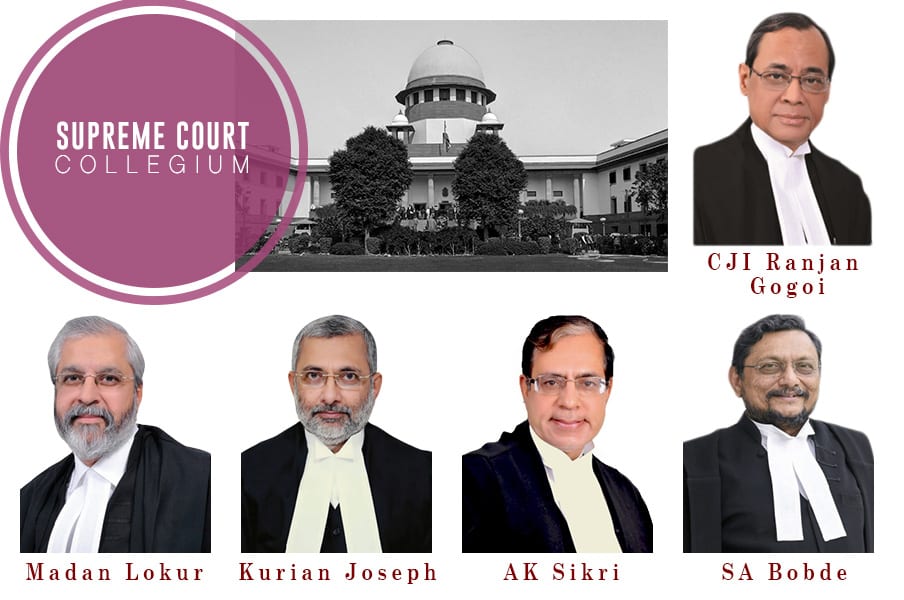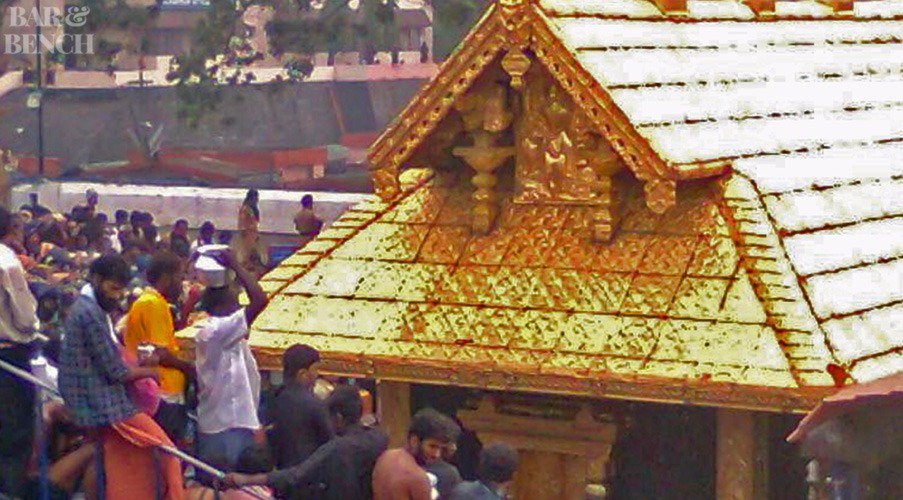"You don’t have to really go to A. 17", said Chandrachud instead telling Jaising that resort to A.25(2)(b) might be more appropriate.
1. Court is unlikely to give A. 17 a broad interpretation.
2. The harmonisation of Articles 25 and 26 - Whether in favour of individual rights over group rights or other way round, I would not want to predict.
"Can there be such a restriction in the absence of such a law. Suppose there was no law at all can such restriction stay?"
“It leaves out a 9-year old girl and a 53 year-old woman who may be menstruating", Nariman J.
“That is not under consideration here”, was the response of Nariman J.
The hearing on this aspect might see further discussion tomorrow.
In the hindsight, I might have witnessed history in Supreme Court today.



